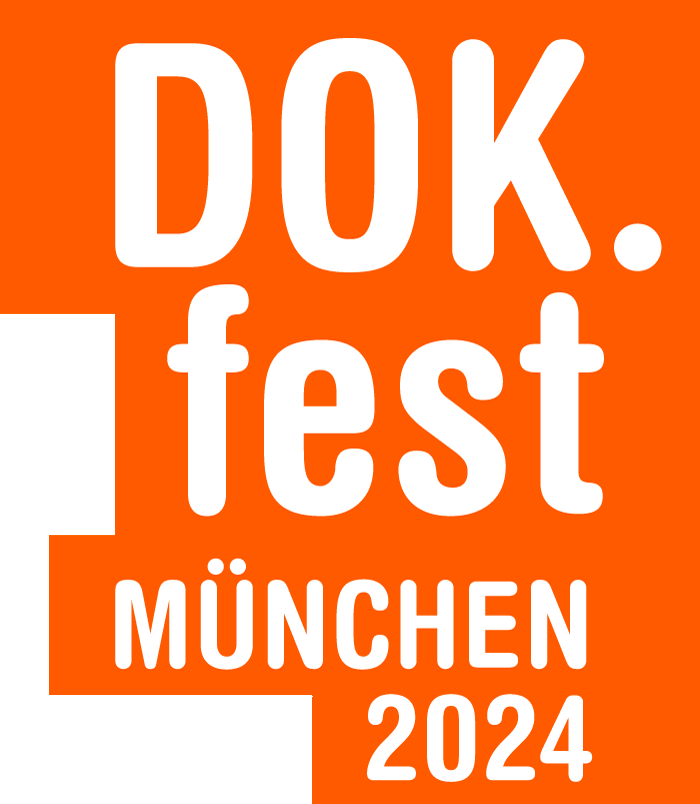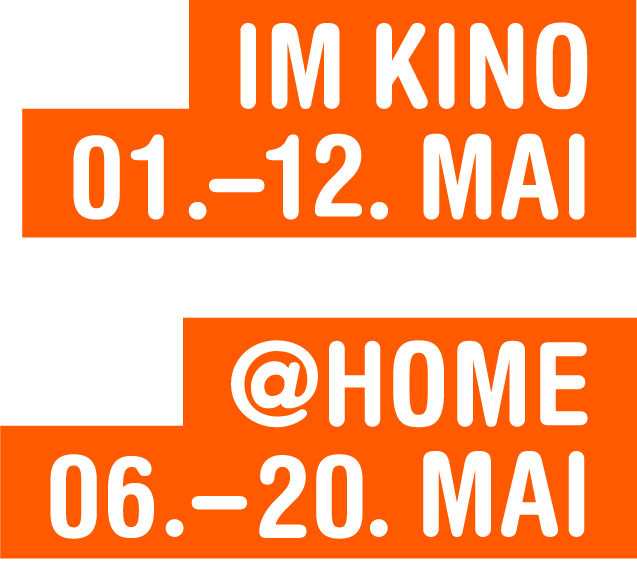Retrospective: 75 Years of DEFA

The history of Deutsche Film AG, or DEFA for short, did not end in 1990 with the last film made for the state-owned film company of the GDR. Even today, more than 30 years later, the films of DEFA - including 10,000 documentaries alone - live on and want to be reinterpreted again and again. The eight documentaries from five decades gathered in this retrospective offer a substantial insight into life in the German Democratic Republic. At the same time, they bear witness to the way in which film was understood as a medium for popular education and the ways in which the authors sought and found their freedom. Daniel Sponsel
In cooperation with DEFA-Filmverleih Stiftung Deutsche Kinemathek and with the kind support of Icestorm Entertainment
1950s
FREUNDSCHAFT SIEGT (FRIENDSHIP TRIUMPHS)
DDR 1951, Joris Ivens, Iwan Pyrjew, 96 min.
Riefenstahl in the GDR? FREUNDSCHAFT SIEGT, by the documentary film legend Joris Ivens, celebrates the pacifism of the East’s “free youth” and, in the process, sings the praises of Josef Stalin. An impressive document of seduction.
1960s
DIE KINDER VON GOLZOW, Teil 1 bis 3 (THE CHILDREN OF GOLZOW, part 1 to 3 of the series)
DDR 1961 et sequ., Winfried Junge, 57 min.
A school life in fast motion: In 1961, Winfried Junge first meets the children he was to accompany for years in the small town of Golzow in Brandenburg. We experience the last days in kindergarten, the start of the school day and the fear of transfer. At the climax, in grade 5, the children themselves take over the direction and collect ideas for their own film. Later, things were never to be so unconventional during the filming. We are presenting three parts of the series as part of the retrospective. With THE CHILDREN OF GOLZOW, Winfried Junge created the oldest long-term observation in film history, which was only concluded in 2007 after 22 parts.
PART 1: WHEN I FIRST GO TO SCHOOL' (GDR 1961, 13 min.)
PART 2: AFTER A YEAR – OBSERVATIONS IN A 1st CLASS (GDR 1962, 15 min.)
PART 3: ELEVEN YEARS OLD, 3rd PART (GDR 1966, 29 min.)
1970s
Gender equality in a socialist way: two perspectives on women's everyday life in the GDR of the 1970s.
SIE (SHE)
DDR 1970, Gitta Nickel, 30 min.
In everyday socialist life in the beginning of the 70s, male and female comrades are far from equal. In her film SIE, Gitta Nickel explores the issue using the example of the publically owned textile enterprise “Treff-Modelle.”
MARTHA
DDR 1978, Jürgen Böttcher, 56 min.
First she cleared up the rubble of the bombed city, then she spent decades sorting the debris in the GDR. MARTHA gives us a rare insight into the life of a generation of women, who tirelessly worked in construction after the war.
1980s
LEBEN IN WITTSTOCK (LIFE IN WITTSTOCK)
DDR 1984, Volker Koepp, 81 min.
A slice of everyday life in the GDR: in the early 80s, Elsbeth, Edith and Renate are working at VEB Obertrikotagen, a modern textile factory in Wittstock, Brandenburg. But, in everyday life, progress is dragging its heels. And solidarity does not always amount to much either.
After the fall of the Berlin wall
VERRIEGELTE ZEIT (LOCKED TIME)
Germany 1990, Sibylle Schönemann, 94 min.
When Sibylle Schönemann was arrested in the GDR in 1984 and later "ransomed" by West Germany, she thought she had put her old life behind her. But the fall of the Wall tears open the old wounds again. An attempt to come to terms with the past and a gripping contemporary document.




